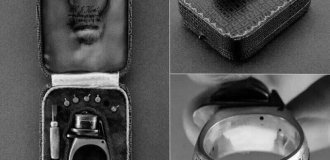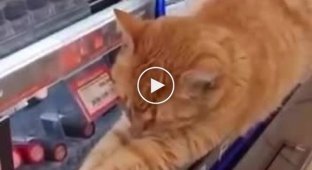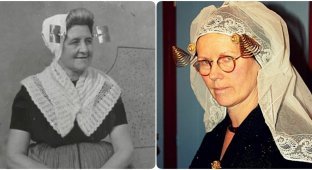Did you know what those little bags are that hang on the kilts of the Scots? (5 photos)
In the rich tapestry of Scottish traditions, one iconic accessory stands out very clearly - the sporran. Surely many people have noticed that a real Scotsman in a kilt is always accompanied by his belt fur "pouch" located in the center. These pouches are called "sporrans" and are an integral part of the costume of a true Scottish Highlander. 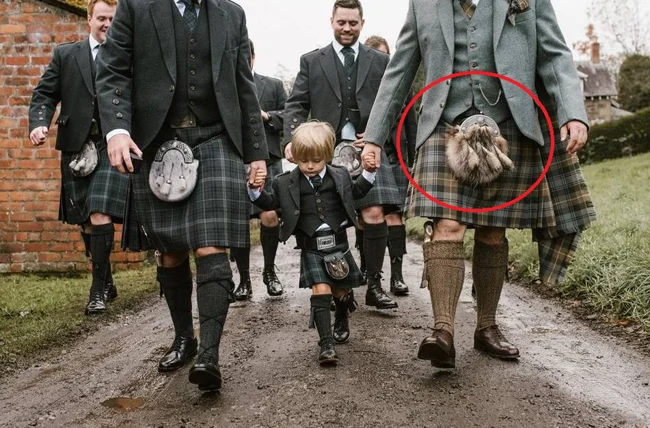
A Brief History 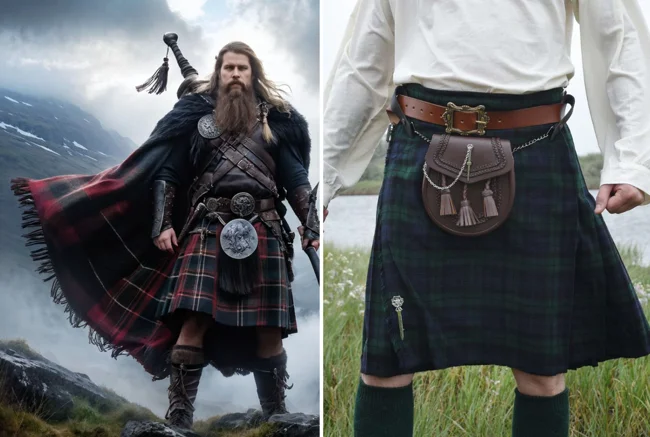
Despite the lack of reliable historical documentation, one thing is clear about the sporran's ancient origins: it has been around for as long as the kilt in certain contexts.
The word "sporran" itself comes from the Gaelic word "sporan", which literally translates as "purse".
And as you might have guessed, the sporran, as an element of equipment, was necessary for every Scottish Highlander since they began wearing kilts in the 16th century. Functionally, the sporran was a replacement for pockets, which were missing in the Scottish kilt.
And during the constant wars with the English, the warlike Highlanders needed bags to store in them: coins, throwing stones, knives, flints for starting a fire, ammunition for rifles, long-lasting food and medical supplies.
These items were vital for survival in the Scottish Highlands.
There were two main types of sporrans: classic and ceremonial
Classic (day) 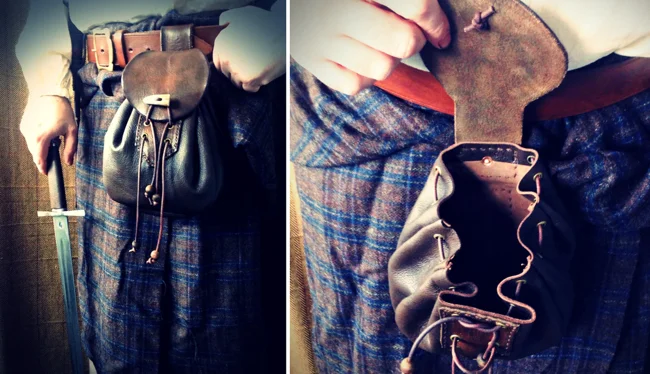
Classic (day) sporrans were usually made of plain deerskin or calfskin and looked like regular bags with a flap and Celtic designs on them. They were fairly easy to make and wear.
Ceremonial 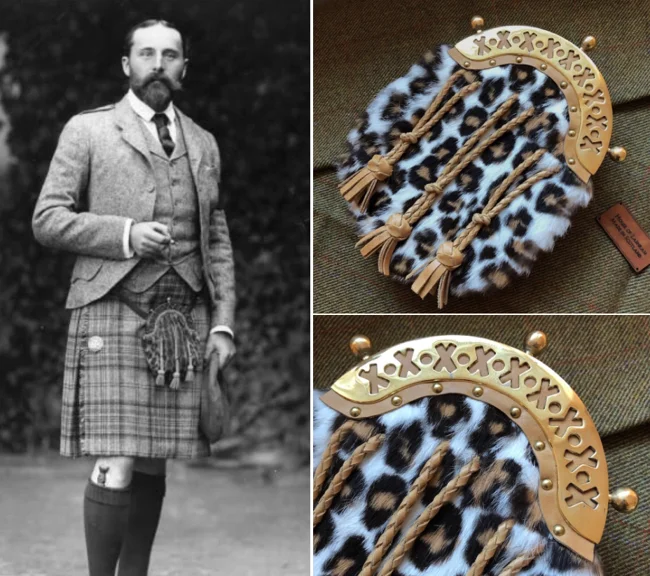
Ceremonial sporrans were a slightly later development than the classic sporrans and were typically worn by high-class Scotsmen when attending sporting events or weddings. Unlike the regular leather belt pouches, ceremonial sporrans were lined with fur for decoration and various other embellishments, with gold tassels and finials (the metal top) decorated with thistle patterns, badges, scrolls, etc. Ceremonial sporrans were also decorated with a metal or sometimes silver bow at the top with a solid clasp, like the old wallets, rather than a leather flap like the day sporran.
A simple, unadorned leather day sporran could take a skilled craftsman up to an hour and a half to make. On the other hand, a complex ceremonial sporran could take more than a day to make. 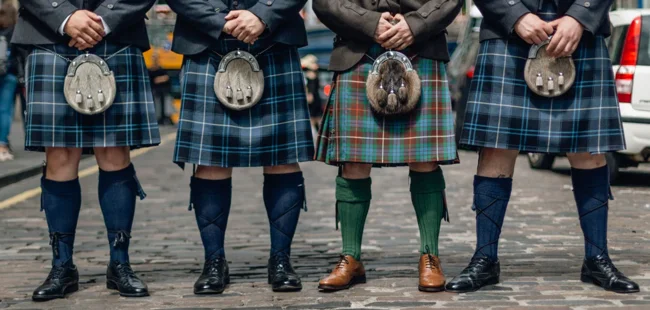
Sporran styles and contents have evolved over the centuries to reflect changes in society and fashion. Today, Scots most often wear ceremonial sporrans with kilts, and use them to store items such as wallets, keys, mobile phones, and perhaps flasks of alcohol.
However, one thing remains constant, for a true Scotsman the sporran is not only a practical symbol of traditional highland costume, representing the stern and proud spirit of the Scottish people, but also a recognizable symbol of Scottish identity - it is created to be seen and admired. True gentlemen in the 20th century even held competitions for the most beautifully tailored and decorated sporran.





